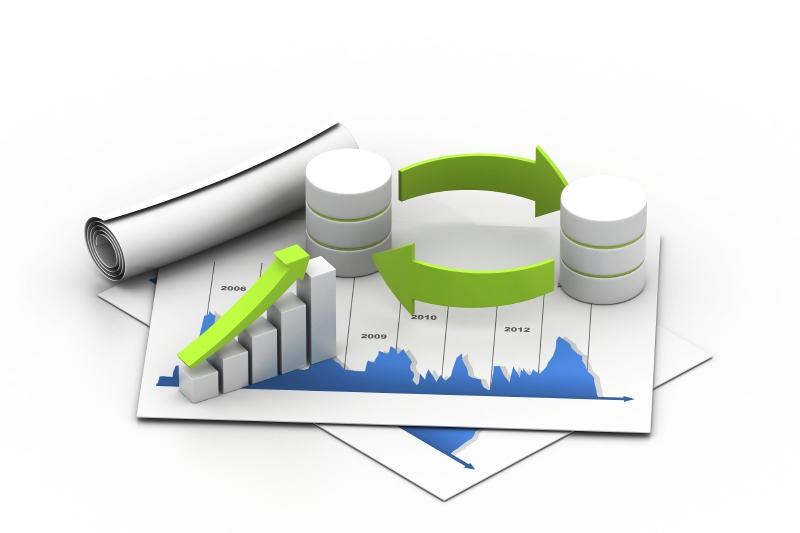
We've witnessed a significant rise in data governance adoption in recent years. Careers, technology, education, frameworks, practitioners – there's growth in all aspects of the discipline. Regulatory compliance across many sectors is a typical driver for data governance. But I also believe one of the main reasons is the realisation by









